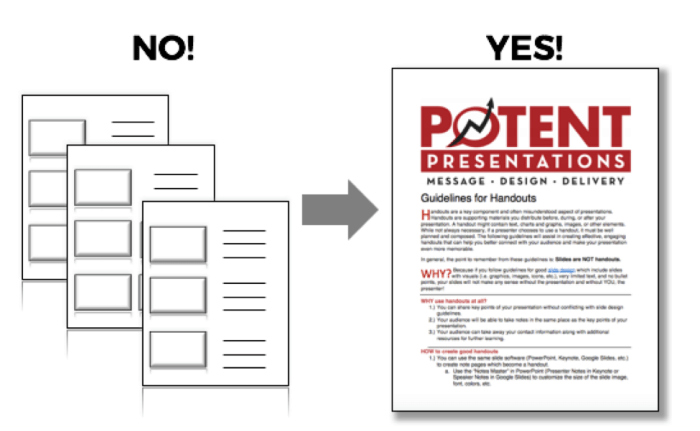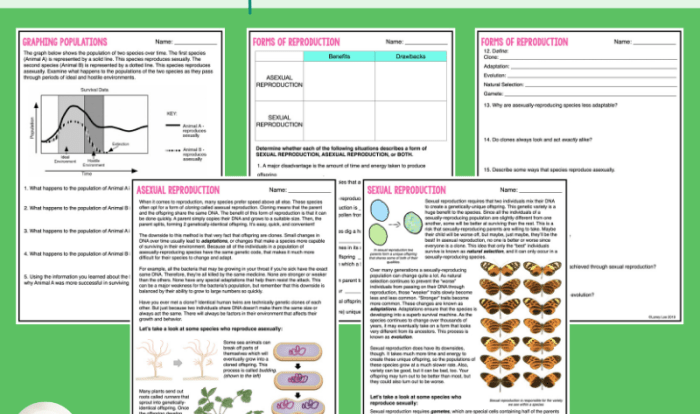When should you distribute handouts? This question lies at the heart of effective teaching and communication. Whether you’re a seasoned presenter or just starting out, understanding the optimal time to distribute handouts can significantly impact your audience’s engagement and learning outcomes.
This guide delves into the intricacies of handout distribution, exploring the advantages and disadvantages of distributing handouts before, during, or after a presentation. It also examines the influence of the handout’s purpose and the characteristics of the audience on the timing of distribution.
Timing of Handout Distribution: When Should You Distribute Handouts

The timing of handout distribution can significantly impact the effectiveness of a presentation. By understanding the advantages and disadvantages of distributing handouts before, during, or after a presentation, presenters can optimize the learning experience for their audience.
The purpose of the handout also influences the optimal distribution time. Handouts that provide essential information, such as key concepts or definitions, are best distributed before the presentation to allow participants to familiarize themselves with the material. Conversely, handouts that summarize the presentation content are more effective when distributed after the presentation to reinforce key points.
Before the Presentation
Distributing handouts before the presentation has several advantages. It allows participants to:
- Preview the material and identify areas of interest.
- Take notes during the presentation, focusing on key points rather than copying down all the information.
- Review the handout after the presentation to reinforce their understanding.
During the Presentation
Distributing handouts during the presentation can be beneficial in certain situations. For example, if the handout contains detailed diagrams or instructions that participants need to follow during the presentation, distributing it at the appropriate time can enhance their understanding.
After the Presentation
Distributing handouts after the presentation is often the most effective option. This allows participants to:
- Review the key points of the presentation at their own pace.
- Use the handout as a reference for future use.
- Share the handout with colleagues or peers who were not able to attend the presentation.
Content and Structure of Handouts

Effective handouts provide clear and concise information that complements classroom instruction. To ensure comprehension and retention, it is crucial to determine the appropriate level of detail and organize the content effectively.
Determining the Appropriate Level of Detail
- Consider the audience’s prior knowledge and the complexity of the topic.
- Include essential information that is not readily available in textbooks or other resources.
- Avoid overwhelming the audience with excessive details or jargon.
Organizing Handouts Effectively
- Logical Flow:Present information in a logical sequence, building upon previous concepts.
- Chunking:Break down large amounts of information into smaller, manageable chunks.
- Headings and Subheadings:Use headings and subheadings to organize and structure the content, making it easier to navigate.
- Visual Aids:Incorporate visual aids such as tables, graphs, and diagrams to enhance comprehension and retention.
Audience Considerations

When designing handouts, it is crucial to consider the characteristics of the audience to ensure effective communication.
The following factors should be taken into account:
Language Barriers
If the audience is not fluent in the language of the handout, it is essential to provide translations or summaries in their native language. This ensures that everyone can access and understand the information provided.
Accessibility Requirements
Consider the accessibility needs of the audience. For individuals with visual impairments, provide handouts in large print or Braille. For those with hearing impairments, consider using visual aids or providing transcripts.
Literacy Level
Adapt the handout’s language and complexity to the literacy level of the audience. Avoid using technical jargon or complex sentence structures that may hinder comprehension.
Cultural Background
Be aware of the cultural background of the audience. Ensure that the handout does not contain any offensive or culturally insensitive material.
Alternative Delivery Methods

The choice between digital and printed handouts depends on various factors, each with its advantages and disadvantages.
Digital handouts, accessible through devices like laptops or tablets, offer several benefits. They are easily accessible from anywhere, allowing learners to review materials conveniently. Additionally, digital handouts can be updated and revised quickly, ensuring learners have the most current information.
They also eliminate the need for printing and distribution, reducing costs and environmental impact.
Disadvantages of Digital Handouts
- Digital handouts may not be suitable for all learners, particularly those with limited access to technology or those who prefer physical materials.
- Digital handouts can be distracting, as learners may be tempted to engage in non-related activities on their devices.
Advantages of Printed Handouts, When should you distribute handouts
- Printed handouts provide a tangible reference that learners can easily annotate and highlight.
- They are less distracting, allowing learners to focus on the content.
Disadvantages of Printed Handouts
- Printed handouts can be expensive to produce and distribute.
- They can quickly become outdated, requiring constant revision and reprinting.
- Printed handouts contribute to paper waste and environmental concerns.
The best delivery method should be determined based on the specific needs and preferences of the learners, the accessibility of technology, and environmental considerations.
Effective Use of Handouts
To maximize the effectiveness of handouts, it is essential to encourage participants to actively engage with them. This can be achieved by:
- Providing clear instructions:Explain the purpose and intended use of the handouts at the beginning of the presentation.
- Encouraging note-taking:Suggest participants use the handouts as a framework for their notes, highlighting key points and leaving space for additional observations.
- Facilitating discussions:Use handouts as a basis for discussions or Q&A sessions, ensuring participants actively refer to and interact with the material.
Incorporating Interactive Elements
Interactive elements can enhance engagement and retention. Consider incorporating the following:
- Checklists or exercises:Include practical activities that participants can complete during or after the presentation, reinforcing key concepts.
- Case studies or examples:Provide real-world examples that illustrate the concepts discussed, making them more relatable and memorable.
- Visual aids:Incorporate images, charts, or diagrams to supplement text, enhancing understanding and retention.
- QR codes or hyperlinks:Link to additional resources or online materials for further exploration and reinforcement.
Quick FAQs
Should handouts be distributed before, during, or after a presentation?
The optimal distribution time depends on the purpose of the handout and the characteristics of the audience.
How do you determine the appropriate level of detail to include in handouts?
Consider the audience’s knowledge level, the complexity of the topic, and the intended use of the handouts.
How can handouts be adapted to meet the needs of different audiences?
Adapt handouts by considering language barriers, accessibility requirements, and cultural differences.

